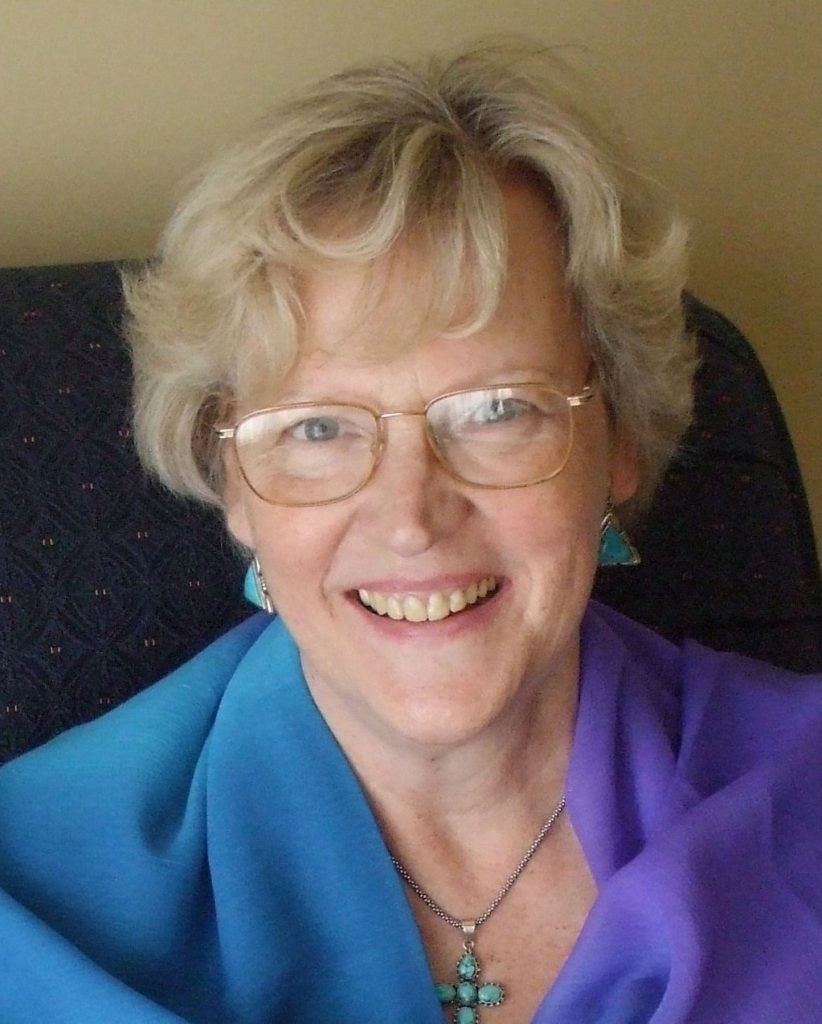Last week I talked about the statement that ‘to name is not to know’. Yet our instinct is to name, as it gives us a sense of being in control, however illusionary that may be: we think we know what we are dealing with. Our brain is even constructed like that. It works primarily in images, leading to concepts, then only thoughts and names. Our drive for survival urges us to be in control. This is very useful in dealing with matters on the material and rational plane of consciousness, but a real hindrance on the spiritual path, where we are leaving behind the rational thought world. Then we are accessing spiritual awareness, a different way of being, where we hand over control to a higher power we call God. For us to do so we need to feel secure in God’s Love.
What images we create in our mind of God, what name we attach to this Divine Reality can prevent this necessary trusting and loving relationship. These images instead of being helpful are likely to imprison us in our own thought world and do form a real hindrance on the path. If we are brought up with ‘God, the Father’ and our experience of our own father was far from nourishing – we felt rejected, criticised – this image will not give us the trust needed on the spiritual path, as our self-image is one of being unworthy of God’s attention. Even thinking of God as ‘Mother’ does not really deal with this problem – we are merely replacing one image with another. Other people may have had the same rejecting experience with their mother. If God is seen as a judge, he becomes someone to avoid rather than relate to, as so many of us carry such a burden of perceived guilt. If we are brought up with the image of an old man sitting on a cloud in heaven and we have a scientific bent, soon the thought occurs that this is just impossible – our childish image is considered out-grown make-believe and we throw out religion with the immature image. John Main points out in ‘The Present Christ’ that these images lead to fear being our dominant emotion: “So our prayer comes to be a way of pleasing or placating him, and in petitioning him we hope to ‘turn his anger from us’. This fear of not being good enough leads to a sense of alienation and meaninglessness – a widespread condition prevalent in our Western society. But Jesus showed us in his way of being and his teaching God as Love, not as another image to be owned but as something we can experience as a personal loving relationship. Only by following Jesus’ guidance ‘to leave self behind’, can we experience the Silence of the Divine’s loving presence at the centre of our being. We do this by following John Main’s teaching about letting go of all thoughts and images out of which we build up the ‘self’, the ego. And then we know, as John Main tells us in ‘The Present Christ’ that: “We are because God is. God is our being and so our being is good, as he is.” He stresses that we will experience this despite the fact that “it can seem unbelievable to us that the way to real vision is the transcendence of all images. It seems to us on the surface that without images there is no vision, just as without thought there is no consciousness.”
Image by Desiré Dazzy K-e-k-u-l-é from Pixabay





